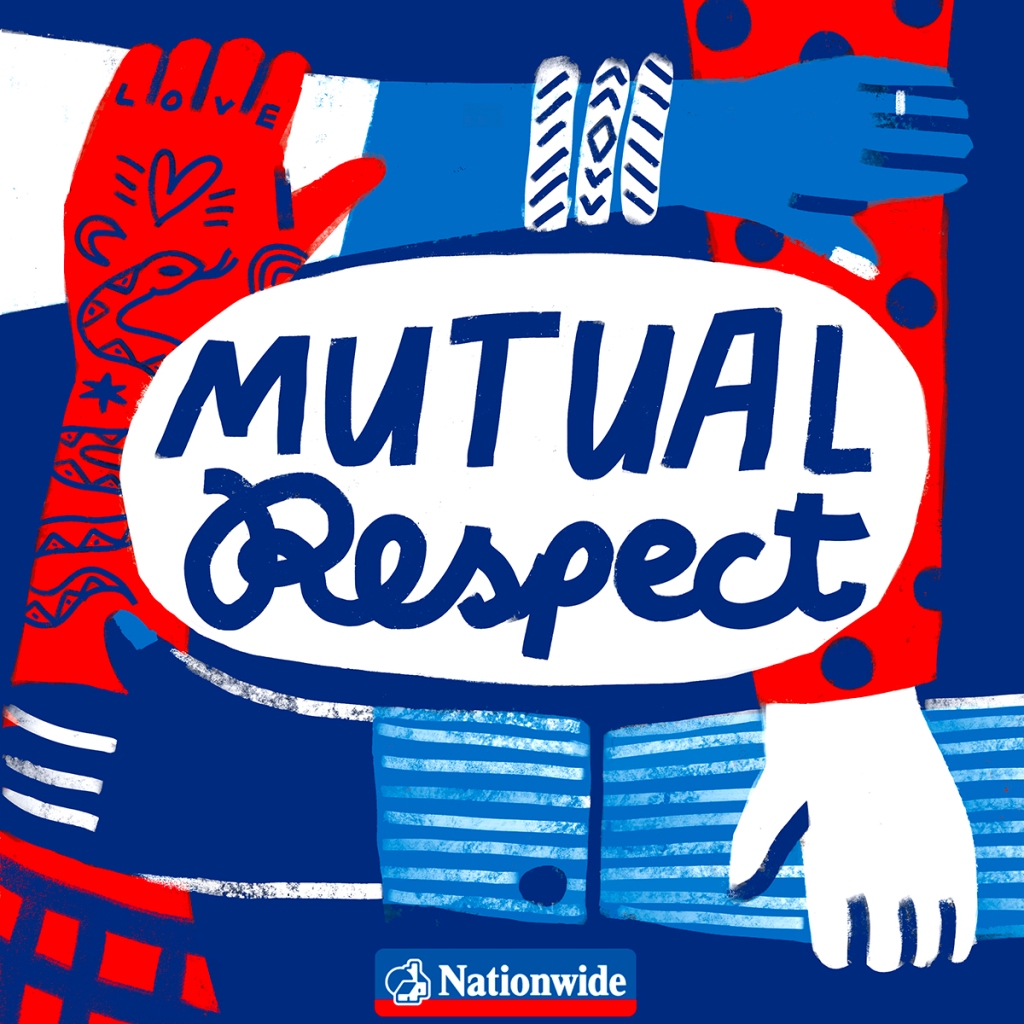Here are the most frequent questions I get asked about myself and about being an illustrator. I hope these will be helpful for you. Let me know if your question is not in here 🙂

What does an illustrator do?
An illustrator gets to create all kinds of beautiful illustrations, that can be used in packaging for products (like on oat milk cartons), on fashion items (like trainers/sneakers or pyjamas) or in advertising campaigns, as editorial art in magazines, in wall and window murals and paintings, lettering or even live drawing events. I specialise in several areas of illustration including children’s illustration and have worked for major publishers all over the world, on baby books / board books and pop up books, up to picture books, non fiction books and middle grade book covers.
How did you become an illustrator?
I always loved making little stapled booklets from note papers when I was a child, which had scribbly writing and Easter bunnies as the characters. The idea of creating books and characters stuck with me and I completed several book projects during my art student years. My final MA project was a children’s book series (back in 2003) which I wrote and illustrated, called Louis and Bobo. I also had a fancy website that I built myself and got an agent straight away after graduating. Soon after that I had my first jobs in advertising and publishing – one of my books about Louis + Bobo got published – as it was – by Chrysalis Children’s books (now Anova Books). From then on, I developed my style further and expanded my work to other areas and learned a lot along the way…
Can you illustrate the children’s story I wrote?
If you’ve written a story and would like to make a children’s book out of it, there are several paths to consider. Check out the Children’s Artists’ and Writers’ Yearbook for advice, and after having done some research, submit it to publishers just as text. Or you could self-publish your story. In most cases, I don’t take on self-publishing projects as an illustrator, but I did once and the result was brilliant.
What do I need to start illustrating?
Not that much, you could use coloured pencils to start with or any other medium you like from watercolour to collage, ink, gouache or acrylics. For time saving reasons and flexibility it is worth working digitally in my experience though. I started out with soft pencil and oil pastels and cut everything out by hand to assemble all elements in Photoshop. Which meant I needed to scan a lot! I now work in either Procreate on my ipad or on Photoshop, but still sketch with pencil or ink pens in my paper sketch books. You would also need an online display of your work, on social media (Instagram is great, or Facebook – anything where you feel happy to connect with peers and potential clients) or build your own website with Adobe Portfolio or other providers.
Did you go to art school?
Yes, I did, although it’s not necessary in order to become an illustrator. Studying art gives you the time and space to be able to develop your creativity though, so for me it was a good choice. I started studying Visual Communication at art school in Germany and specialised on animation, then moved to England in my final year/s to gain a Masters of Arts from Leeds Metropolitan University in Graphic Arts + Design and specialised in children’s book writing/illustrating.
Where are you from?
I was born in Germany and moved to England as a student. So I’m bilingual and a dual citizen 🙂
How do you pronounce your name?
Good question, my name is German and for English speakers it’s best to say it like ‘Christiana’, as the ‘e’ is not silent. It’s a girls’ name btw. My last name is German for angel (ha!) but needs to be pronounced like ‘angle’. Easy 🙂 And here’s a fun fact: Engel is only my maiden name! I’m now sur-named after the German word for fox!
Where do you live?
I live in England – not too far from London, in East Kent by the wonderfully cold North Sea (or English Channel).
Did you always want to become an artist?
I always liked to draw and pursued a creative career when going to art school. Although other professions had crossed my mind when I was younger too, like art therapy and psychology!









